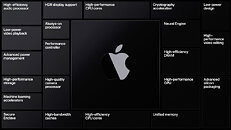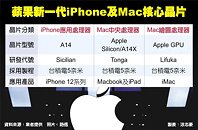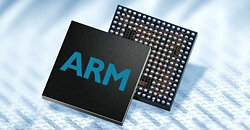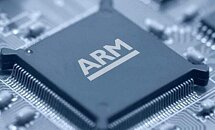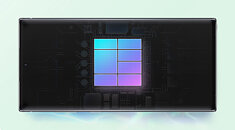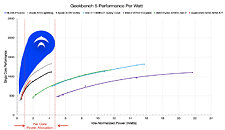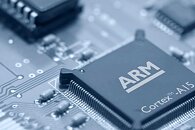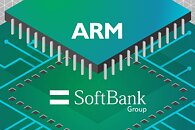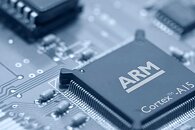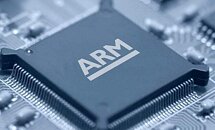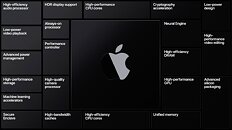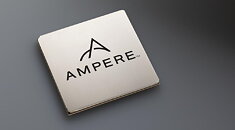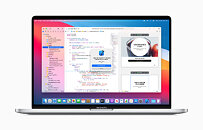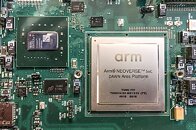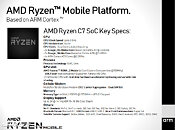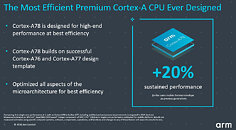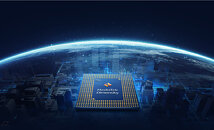
Apple's Custom GPU is Reportedly Faster than Intel iGPU
When Apple announced their transition form Intel processors to Apple Silicon, we were left wondering how the silicon will perform and what characteristics will it bring with it. According to the latest report from The China Times, the Apple custom GPU found inside the new Apple Silicon will bring better performance and energy efficiency compared to Intel iGPU it replaces. The 5 nm GPU manufactured on TSMC's N5 semiconductor manufacturing node is supposedly codenamed "Lifuka" and it brings Apple's best to the table. Planned to power a 12-inch MacBook, the GPU will be paired with a custom CPU based on Arm ISA as well. The same chips powering iPhone and iPad devices will go into MacBook devices, with the TDP increased as MacBook will probably have much higher cooling capacity. The first Apple Silicon MacBook will come in H2 of 2021.Here is the copy of a full report from The China Times below:
